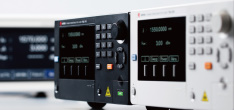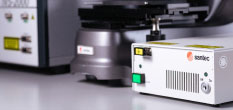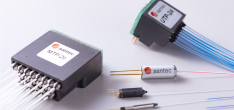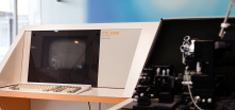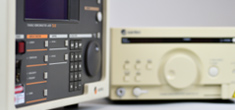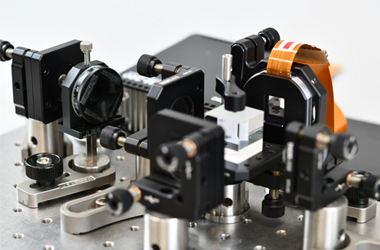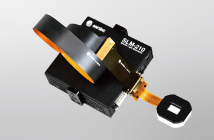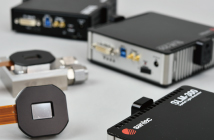Outstanding Performance
Applications of Spatial Light Modulators
SLMs are used in various fields such as optical communication, microscopy, holography, and laser processing, bringing innovations to numerous industries. Below are some representative applications.
1. Holography and 3D Imaging
SLMs play a key role in holography, enabling precise 3D image creation by adjusting the phase and amplitude of light. This technology is widely used in scientific research and digital archiving of medical images. High-resolution LCOS-SLMs, in particular, achieve highly accurate holographic generation.
SLMs play a key role in holography, enabling precise 3D image creation by adjusting the phase and amplitude of light. This technology is widely used in scientific research and digital archiving of medical images. High-resolution LCOS-SLMs, in particular, achieve highly accurate holographic generation.
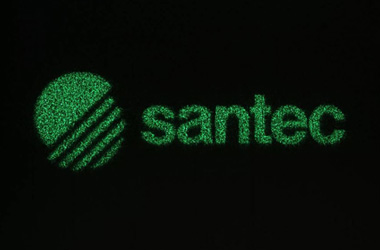
2. Laser Beam Shaping
SLMs are also used to control laser beam shaping, optimizing intensity distribution to enhance cutting, welding, and drilling processes in material processing. Real-time laser intensity adjustment enables high-precision machining.
SLMs are also used to control laser beam shaping, optimizing intensity distribution to enhance cutting, welding, and drilling processes in material processing. Real-time laser intensity adjustment enables high-precision machining.

3. Optical Communication
SLMs are used in wavelength-selective switching devices for optical communication, enabling high-capacity transmission through wavelength-division multiplexing. LCOS panels distribute signal light to each wavelength, with millions of pixels controlling light diffraction via electric field intensity regulation. This allows for precise wavelength selection and intensity control at each output port.
SLMs are used in wavelength-selective switching devices for optical communication, enabling high-capacity transmission through wavelength-division multiplexing. LCOS panels distribute signal light to each wavelength, with millions of pixels controlling light diffraction via electric field intensity regulation. This allows for precise wavelength selection and intensity control at each output port.

4. Wavefront Compensation Optics and Telescope Systems
SLMs are employed in adaptive optics (AO) to correct wavefront distortions caused by atmospheric turbulence. This improves resolution in astronomical observations, space telescopes, and ground-based telescopes, providing clearer images.
SLMs are employed in adaptive optics (AO) to correct wavefront distortions caused by atmospheric turbulence. This improves resolution in astronomical observations, space telescopes, and ground-based telescopes, providing clearer images.

5. Augmented Reality (AR) and Virtual Reality (VR)
SLMs are integrated into AR and VR technologies to enhance immersive visual experiences through precise optical control. This contributes to real-time simulations, advancing AR and VR technology development.
SLMs are integrated into AR and VR technologies to enhance immersive visual experiences through precise optical control. This contributes to real-time simulations, advancing AR and VR technology development.

6. Microscopy
SLMs are used in structured illumination microscopy (SIM) and digital holographic microscopy to enable high-resolution observation of cells and tissues. They also play a crucial role in real-time focus and contrast adjustments.
SLMs are used in structured illumination microscopy (SIM) and digital holographic microscopy to enable high-resolution observation of cells and tissues. They also play a crucial role in real-time focus and contrast adjustments.
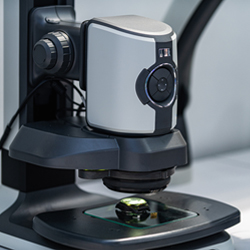
7. Industrial and Scientific Research
SLMs facilitate precise optical control in industrial and scientific research experiments, enabling high-precision measurements and material processing.
SLMs facilitate precise optical control in industrial and scientific research experiments, enabling high-precision measurements and material processing.
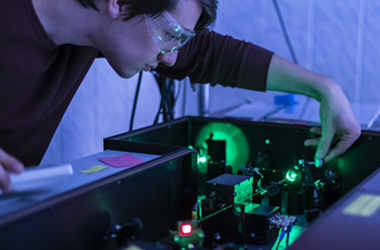
8. Quantum Computing
SLMs are essential components in quantum computing, used for optical wavefront shaping, generating hundreds of individually focused optical tweezer beams, and studying amplitude-phase modulation algorithms.
SLMs are essential components in quantum computing, used for optical wavefront shaping, generating hundreds of individually focused optical tweezer beams, and studying amplitude-phase modulation algorithms.

More Blogs
